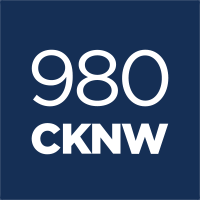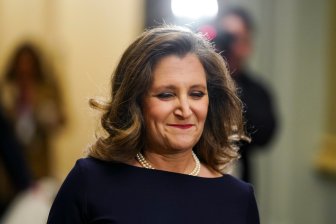British Columbians will vote next year on whether to keep or change the way we elect our politicians.

But what exactly the 2018 electoral reform referendum will look like is still up for debate, and the province is asking the public to weigh-in on its final shape.
Feedback is being collected through a new website, which will remain open until Feb. 28.
The survey asks specific questions on what people think the final ballot design should look like, what kinds of voting systems should be up for consideration and whether “yes” and “no” sides in the referendum should get public money.
It also asks more general values-based questions, such as whether respondents think their votes count, how important a simple voting system is and how they feel about clear majority governments versus systems that force co-operation between parties.
Attorney General David Eby said he hopes supporters and opponents of the change don’t try and hijack the online survey.
“This isn’t a poll, this isn’t a vote. This is a consultation with British Columbians. So I’d really discourage those groups from viewing this as a way to have all their members provide the same answer.”
He added that the province will ensure it consults with all parts of the province before it moves ahead with plans for the vote.
“Go out to rural communities, go out to First Nations and get their feedback on what they would like to see on the ballot question, how they would like this to be held, so they can get their say in the referendum process as a whole.”
Along with the survey, the website also includes a primer on different voting systems, including the First Past the Post (FPTP) system B.C. and Canada currently use to elect politicians, and a variety of systems of proportional representation.
Proportional representation refers to a family of voting systems in which the number of seats a party gets in the legislature is tied to the percentage of the popular vote they win.
The province says it will be adding more educational material to the site in 2018, when it will also start delivering referendum information kits to public libraries.
Holding a referendum on proportional representation was a key NDP campaign promise, and an element of the power-sharing deal the party signed with the Greens.
Earlier this fall, the province unveiled the framework for next year’s vote, which will be conducted by mail-in ballot.
Under the terms the NDP have set for the referendum, a simple 50 per cent plus one “yes” vote will be enough to implement a new system for the province’s 2021 provincial election.










Comments